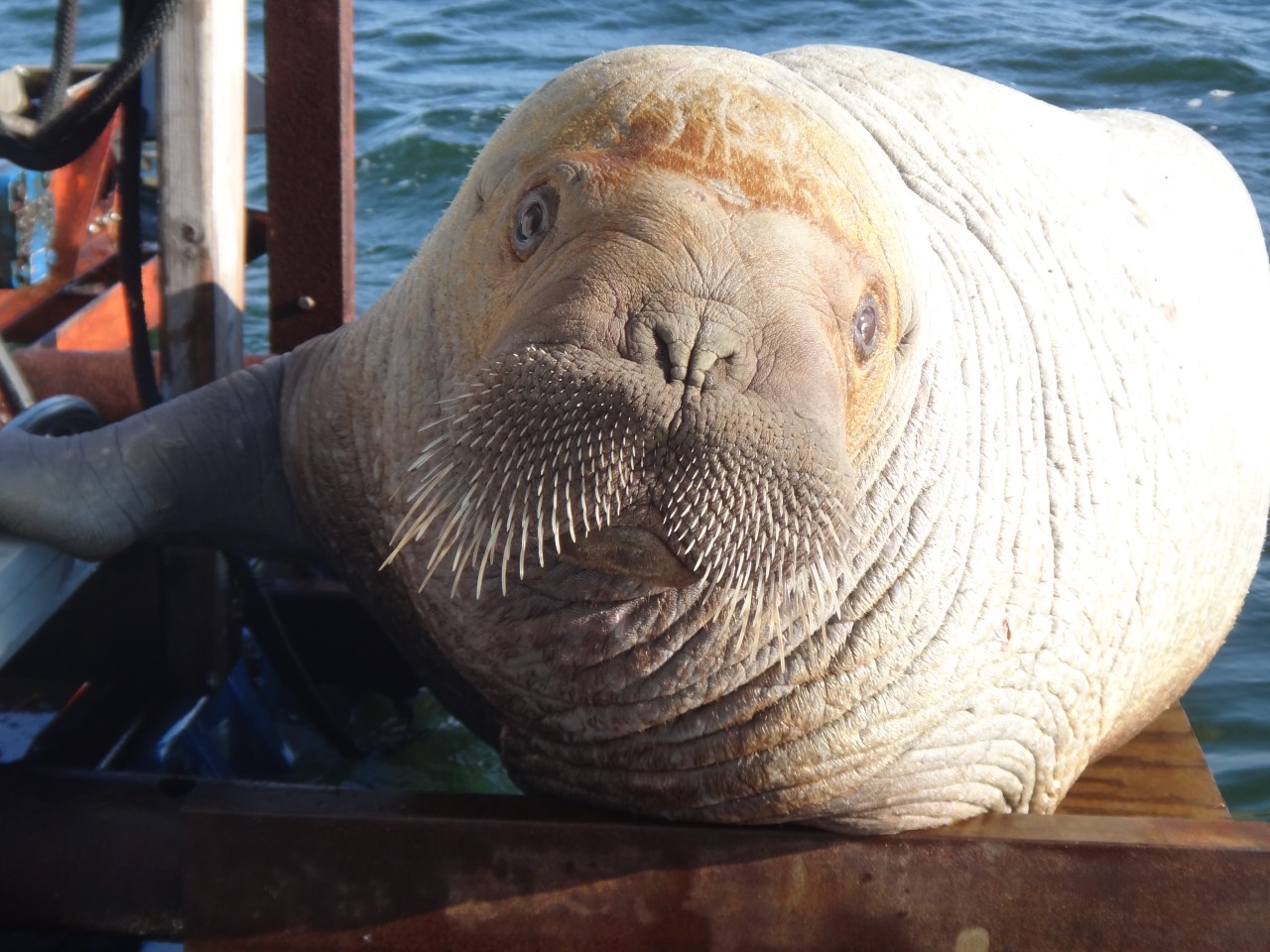Gold Dredging Nome Alaska – The Walrus
Updated September 27, 2021 My friend, Don Degener, spent several seasons in Nome, Alaska dredging for gold, much like the Pomrenkes and Emily and others on the Bering Sea Gold TV series. One day, July 22, 2012, he had just finished a dive and was climbing the ladder back onto his dredging barge, the Maverick. … Read more
